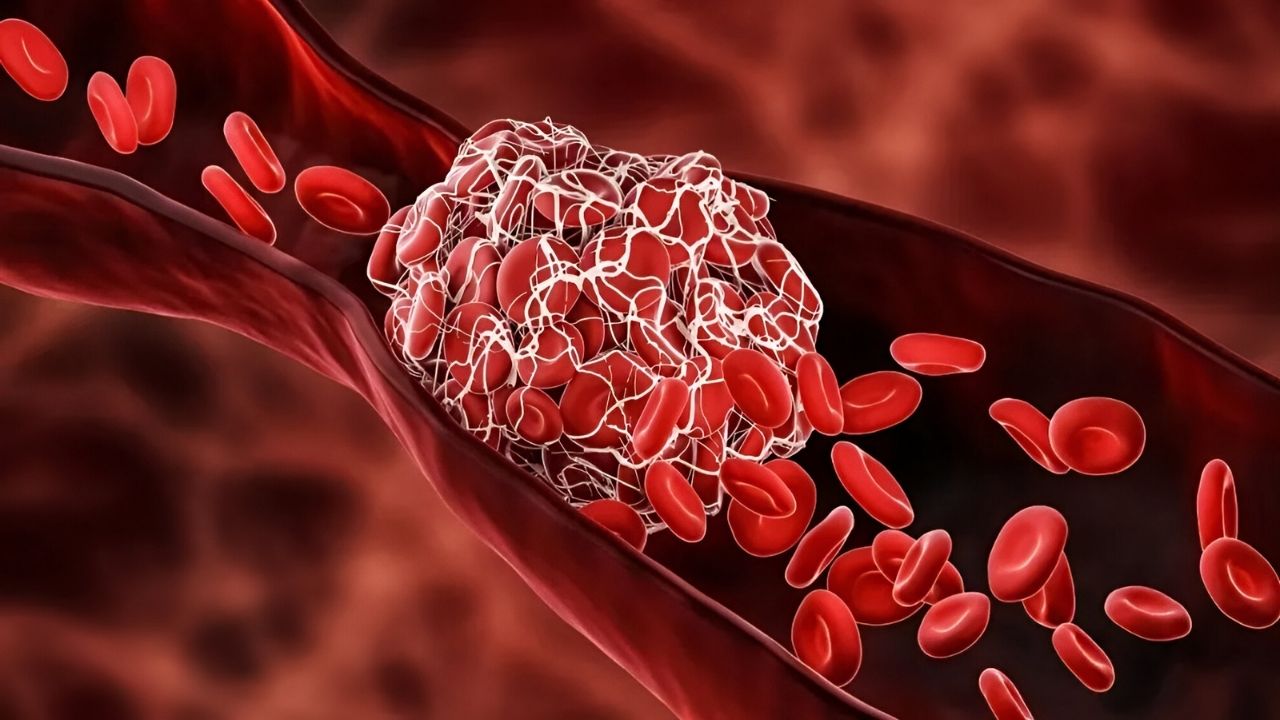
Virchow's Syndrome, also known as Trousseau's Syndrome, is a rare but significant medical condition. Named after the German pathologist Rudolf Virchow, this syndrome involves the presence of a malignant tumor that leads to thrombophlebitis, or blood clots in veins. These clots can cause serious complications, making early detection and treatment crucial. Understanding the symptoms, causes, and treatments of Virchow's Syndrome can help in managing this condition effectively. This article will provide you with 25 essential facts about Virchow's Syndrome, shedding light on its complexities and offering insights into its impact on health.
Key Takeaways:
- Virchow's Syndrome is a rare genetic disorder that affects physical and mental development. It is inherited in an autosomal recessive manner, and individuals may have distinct physical traits like a bird-like face and microcephaly.
- Individuals with Virchow's Syndrome may experience intellectual disability, developmental delays, and various health complications. Early diagnosis, proper management, and support from special education programs and counseling can significantly improve their quality of life.
What is Virchow's Syndrome?
Virchow's Syndrome, also known as Virchow-Seckel Syndrome or Seckel Syndrome, is a rare genetic disorder. It affects physical and mental development. Here are some intriguing facts about this condition.
Genetic Basis of Virchow's Syndrome
Understanding the genetic roots of Virchow's Syndrome helps in grasping its complexity.
- Virchow's Syndrome is inherited in an autosomal recessive manner. This means both parents must carry the gene for a child to be affected.
- Mutations in several genes, including SCKL1, SCKL2, and SCKL3, can cause this syndrome. These genes are crucial for normal cell division and growth.
- The syndrome is named after Rudolf Virchow and Helmut Paul George Seckel, who first described the condition.
Physical Characteristics
The physical traits of Virchow's Syndrome are quite distinctive.
- Individuals with this syndrome often have a bird-like face, characterized by a beak-shaped nose and receding chin.
- Microcephaly, or an abnormally small head, is a common feature.
- Growth retardation is evident from birth, leading to short stature in adulthood.
- Skeletal abnormalities, such as curved spine (scoliosis) and joint deformities, are frequently observed.
- Dental anomalies, including delayed tooth eruption and misaligned teeth, are also common.
Cognitive and Developmental Impact
Virchow's Syndrome affects more than just physical appearance.
- Intellectual disability is a hallmark of this syndrome, with most individuals having mild to moderate cognitive impairment.
- Developmental delays, particularly in speech and motor skills, are often present.
- Behavioral issues, such as hyperactivity and attention deficits, can occur.
Health Complications
The syndrome can lead to various health challenges.
- Heart defects, such as atrial septal defect and ventricular septal defect, are sometimes seen in affected individuals.
- Kidney abnormalities, including cysts and structural defects, may be present.
- Immune system deficiencies can make individuals more susceptible to infections.
- Vision problems, such as cataracts and strabismus (crossed eyes), are common.
- Hearing loss, either partial or complete, can occur due to structural ear anomalies.
Diagnosis and Management
Early diagnosis and proper management can improve quality of life.
- Diagnosis is typically based on clinical features and confirmed through genetic testing.
- Prenatal diagnosis is possible if there is a known family history of the syndrome.
- Regular monitoring by a multidisciplinary team, including pediatricians, cardiologists, and neurologists, is essential.
- Physical therapy and occupational therapy can help manage motor skill delays and improve mobility.
- Speech therapy is beneficial for addressing communication challenges.
Living with Virchow's Syndrome
Despite the challenges, individuals with Virchow's Syndrome can lead fulfilling lives.
- Special education programs tailored to individual needs can enhance learning and development.
- Support groups and counseling can provide emotional support for families.
- Advances in medical care and early intervention have significantly improved life expectancy and quality of life for those affected.
- Awareness and research are crucial for better understanding and managing this rare condition.
Understanding Virchow's Syndrome
Virchow's Syndrome, also known as Trousseau's Syndrome, links cancer with blood clots. Named after Rudolf Virchow, this condition highlights the body's complex response to malignancies. Recognizing the signs, like unexplained blood clots, can lead to early cancer detection. It's crucial for healthcare providers to consider this syndrome when patients present with thrombosis without obvious causes.
Awareness of Virchow's Syndrome can save lives by prompting timely medical investigations. Patients with a history of cancer or those at high risk should be vigilant. Regular check-ups and communication with healthcare professionals are key. Understanding this syndrome not only aids in early diagnosis but also improves patient outcomes. Stay informed, stay proactive, and prioritize your health.
Frequently Asked Questions
Was this page helpful?
Our commitment to delivering trustworthy and engaging content is at the heart of what we do. Each fact on our site is contributed by real users like you, bringing a wealth of diverse insights and information. To ensure the highest standards of accuracy and reliability, our dedicated editors meticulously review each submission. This process guarantees that the facts we share are not only fascinating but also credible. Trust in our commitment to quality and authenticity as you explore and learn with us.
